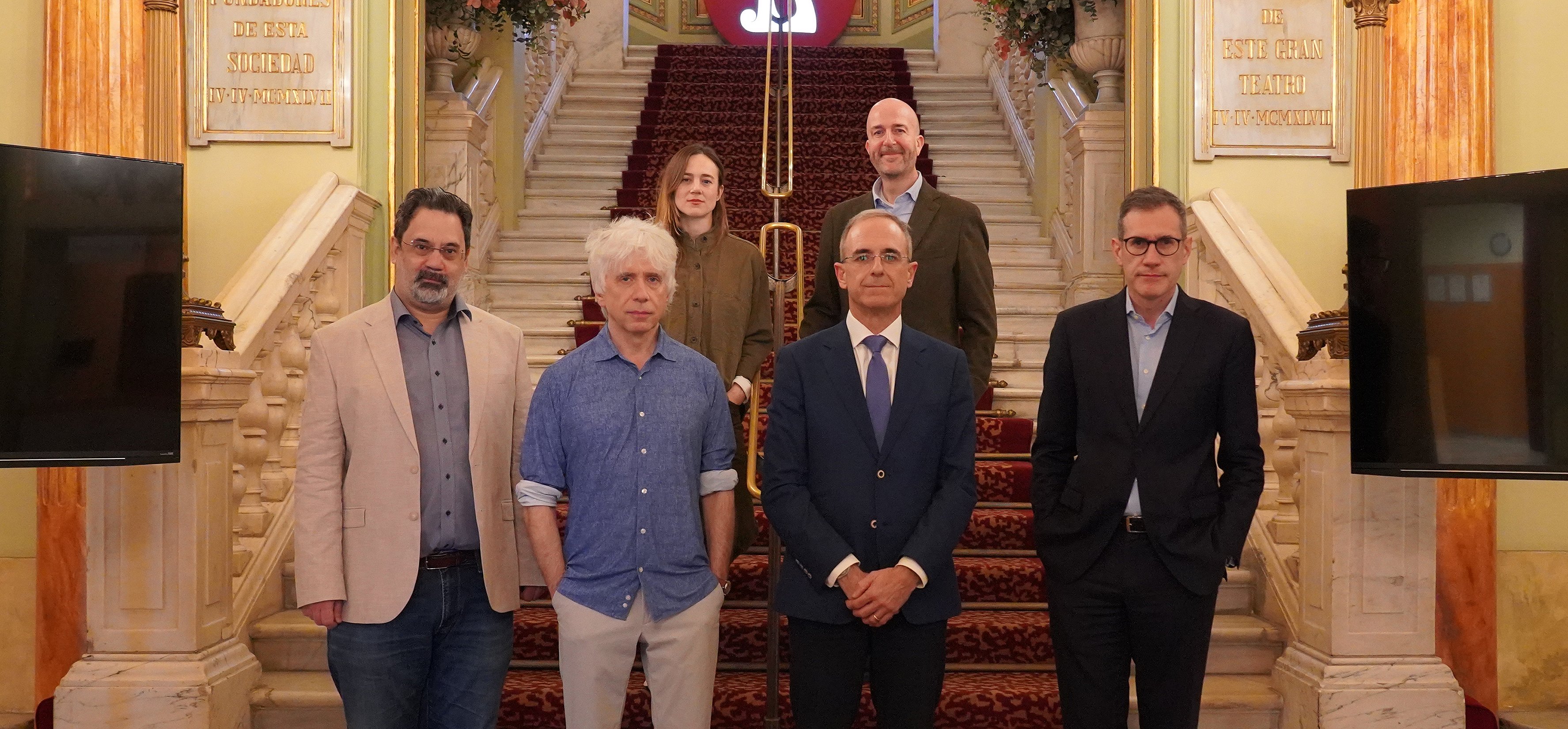
The show Requiem, a staged production based on Mozart's Requiem and other pieces by the composer, arrives at the Liceu with the unmistakable signature of Romeo Castellucci. The prestigious Italian director, one of the leading figures in contemporary theater, presents one of his productions at the Theater for the first time. Conducted by maestro Giovanni Antonini.
After hosting the concert version of Idomeneo, one of Mozart's early works, the Gran Teatre del Liceu presents the staged production Requiem, based on the last work composed by Mozart before his death. Requiem, Castellucci's first production at the Liceu, premiered at the Aix-en-Provence Festival and is the result of a co-production with other major European institutions: Les Arts, the Adelaide Festival, Theatre Basel, Wiener Festwochen, and La Monnaie / De Munt. Castellucci is joined by Silvia Costa as associate stage director. The choreography is by Evelin Facchini, and Piersandra Di Matteo is responsible for the dramaturgy. Requiem will be performed at the Gran Teatre del Liceu in a total of seven shows, from February 18 to 26.
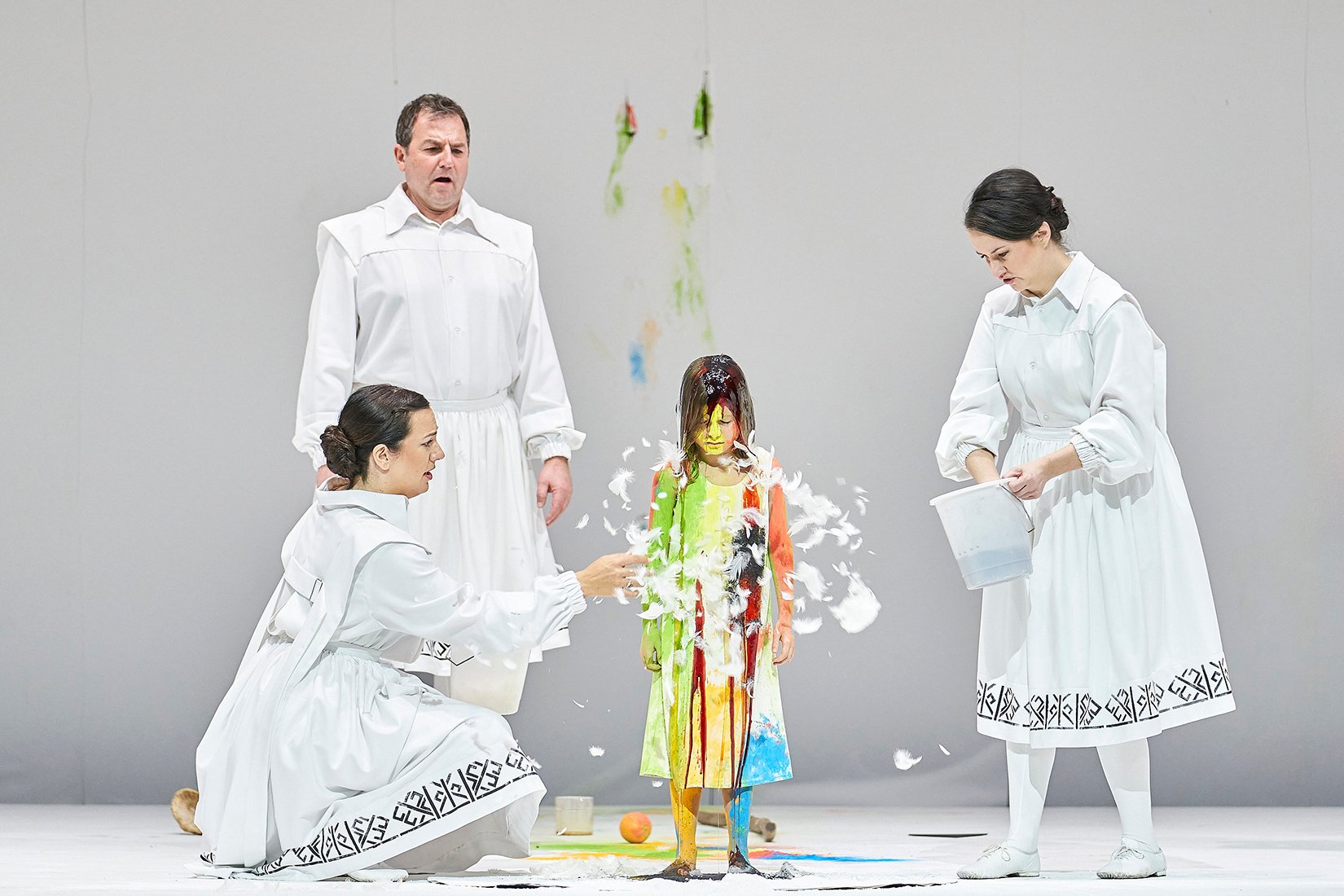
Specializing in stage productions rich in symbolism and poetic references, spanning from operatic repertoire to masterworks without a narrative, Romeo Castellucci has chosen Mozart's Requiem Mass as a starting point to propose a reflection on life and death—the two extremes of a cycle that create the conditions for both the miracle of creation and the catastrophe of destruction. The result is an avant-garde theatrical action that critiques the materialistic view of the world and proposes a spiritual exploration.
Mozart's Requiem Mass is the culmination of a period in the composer’s late work dedicated to sacred music. Interrupted by his premature death during its composition, it serves as a true autobiographical document. As later revealed through rigorous musicological studies, the Requiem we hear today is largely Mozart’s work—who composed up to the second segment (Hostias) of the fourth section (Offertorium)—but with orchestration added by his students Joseph Leopold Eybler and Franz Xaver Süssmayr. The latter completed the final four sections of the work: Sanctus, Benedictus, Agnus Dei, and Communio. Thus, Mozart raised the question of death, but his inquiry remained unanswered.
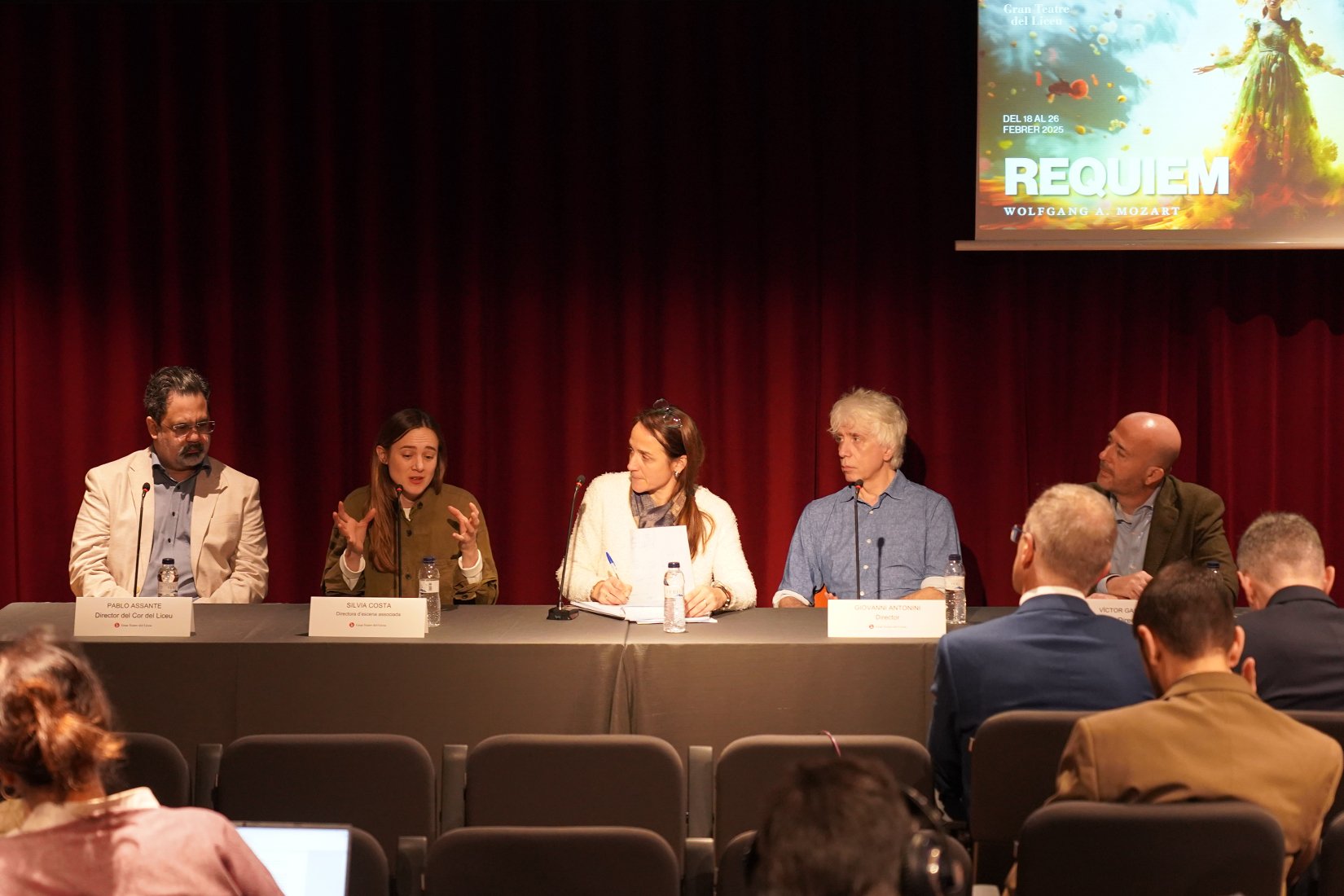
The production
Mozart’s Requiem is a liturgical work that describes the spiritual journey of the soul toward its final destination, following the traditional text of the funeral mass. At the same time, it is a prayer imploring mercy for both the living and the dead, offering a reflection on human fragility and the hope of finding solace in the afterlife.
Despite its shared final authorship, this work carries immense musical and emotional weight. Considered one of the most emblematic pieces in the Mozartian repertoire and one of the most renowned religious compositions in Western music, it transcends its original function as a farewell mass for the deceased.
For over two centuries, Mozart’s Requiem has crossed cultural boundaries, establishing itself as a spiritual masterpiece that connects with the deepest mysteries of human existence. Its emotional power and melodic beauty have made this composition a universal symbol of reflection on life, death, and the transcendental meaning of the passage of time.
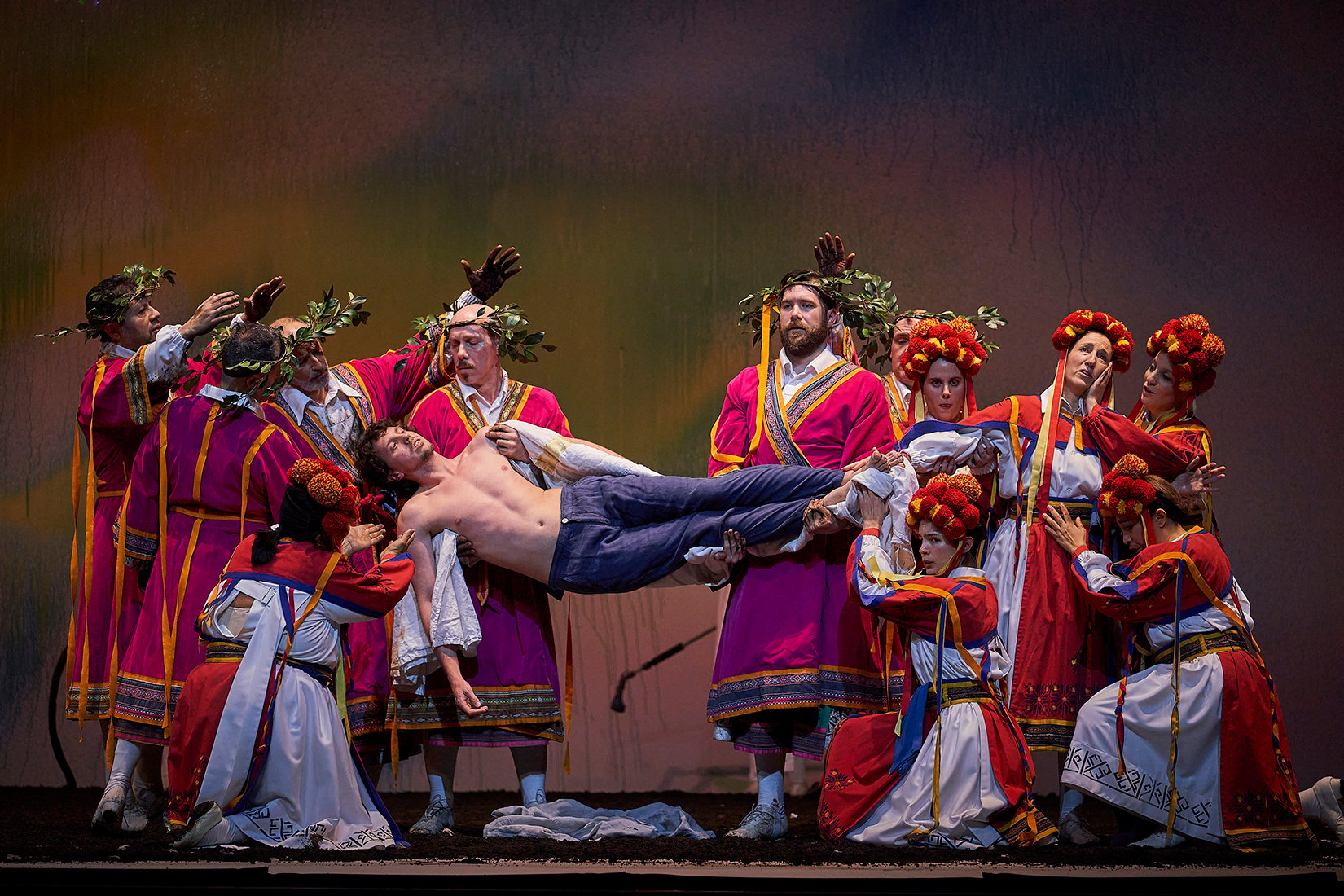
There is a passage in Mozart’s extensive correspondence that can be considered the origin of the Requiem project envisioned by Romeo Castellucci: “Since death is the true goal of our existence, I have come to know this true and best friend of humanity so well in recent years that the image of death no longer frightens me.” This reflection serves as the inspiration for the production, transforming the Requiem Mass into a theatrical experience rich in symbolism and visual beauty. It is important to clarify that the work ultimately conceived by Castellucci is not merely a staged version of Mozart’s Requiem, but rather a theatrical action that incorporates various sacred and secular pieces by the composer as accompanying music. These include Ne pulvis et cinis, a fragment from his unfinished opera Thamos, King of Egypt, and the opening of his Miserere, composed in 1770 when he was 14 years old. Nevertheless, the principal and most symbolically charged piece remains Mozart’s Requiem in its entirety.
The production moves away from the traditional Christian vision of death as the liberation of the soul toward a final destination. Castellucci explores the cycle of birth, destruction, and rebirth, in which life and death become transitional states within a perpetual movement. This perspective is conveyed through theatrical actions ranging from the planting of a tree to depicting the disappearance of an elderly woman after her death. Through these moments, the stage design illustrates that as soon as life emerges, the cycle of its destruction is also set in motion.
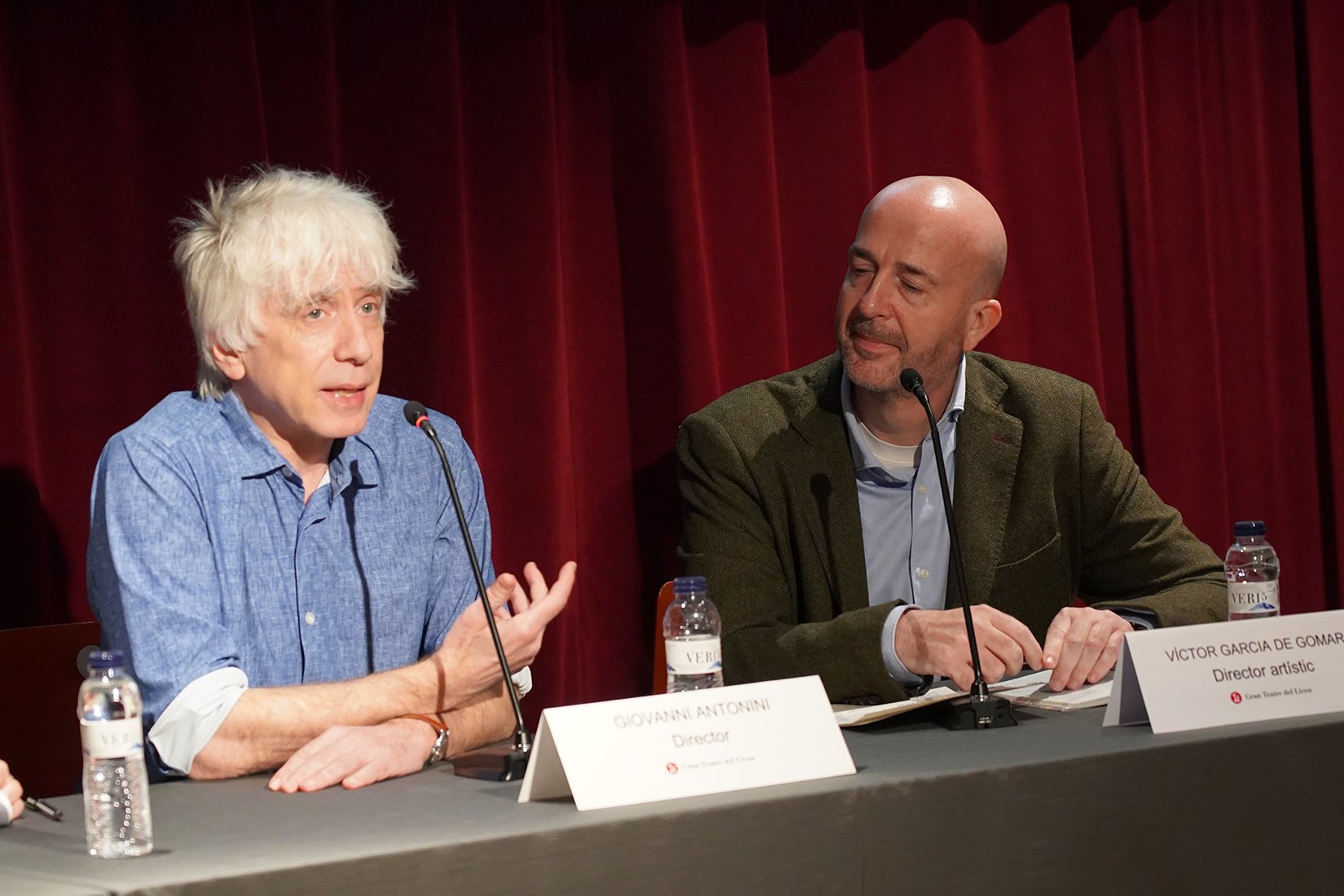
Since the early 19th century, Mozart’s Requiem has transcended its liturgical function to become a staple of concert hall repertoire, thanks to its emotional intensity and musical complexity. Drawing from this legacy, Castellucci interprets the mass not as a space for mourning, but as a philosophical reflection on human nature. In this context, Mozart’s idea of death as a “best friend” gives rise to a theatrical proposal that invites contemplation of life and death as inseparable parts of a continuous cycle.
Castellucci’s stage productions have become a mark of prestige over the years. An artist with a strong personality, he specializes in creating unique theatrical actions with a distinctive visual language. His work is characterized by symbolic richness, precise choreographed movement, and a blend of classical and modern stage techniques, particularly through the use of video projections. As an heir to the postmodern school pioneered by stage masters such as Robert Wilson, Castellucci brings an original, reflective, and visually striking concept to life. In this case, he draws on Mozart’s genius to create a dramatic work of great intellectual depth—one that engages with the past, reflects on the present, and reaches toward eternity.
The music
This composition aims to move away from the purely liturgical treatment of death. Mozart creates a dramatic action with the intention of renewing the sacred genre, where vocal expression stands out to illuminate the spiritual experience. The composer explores, through the text of the Christian liturgy, various states of mind: from the fear of the Last Judgment (Sequentia. Dies irae, part III) to the hope in divine mercy (Kyrie. Kyrie eleison, part II), passing through the anguish of futile suffering (Sequentia. Recordare, part III) and culminating in the certainty of an afterlife full of light (Communio. Lux aeterna, part VIII).
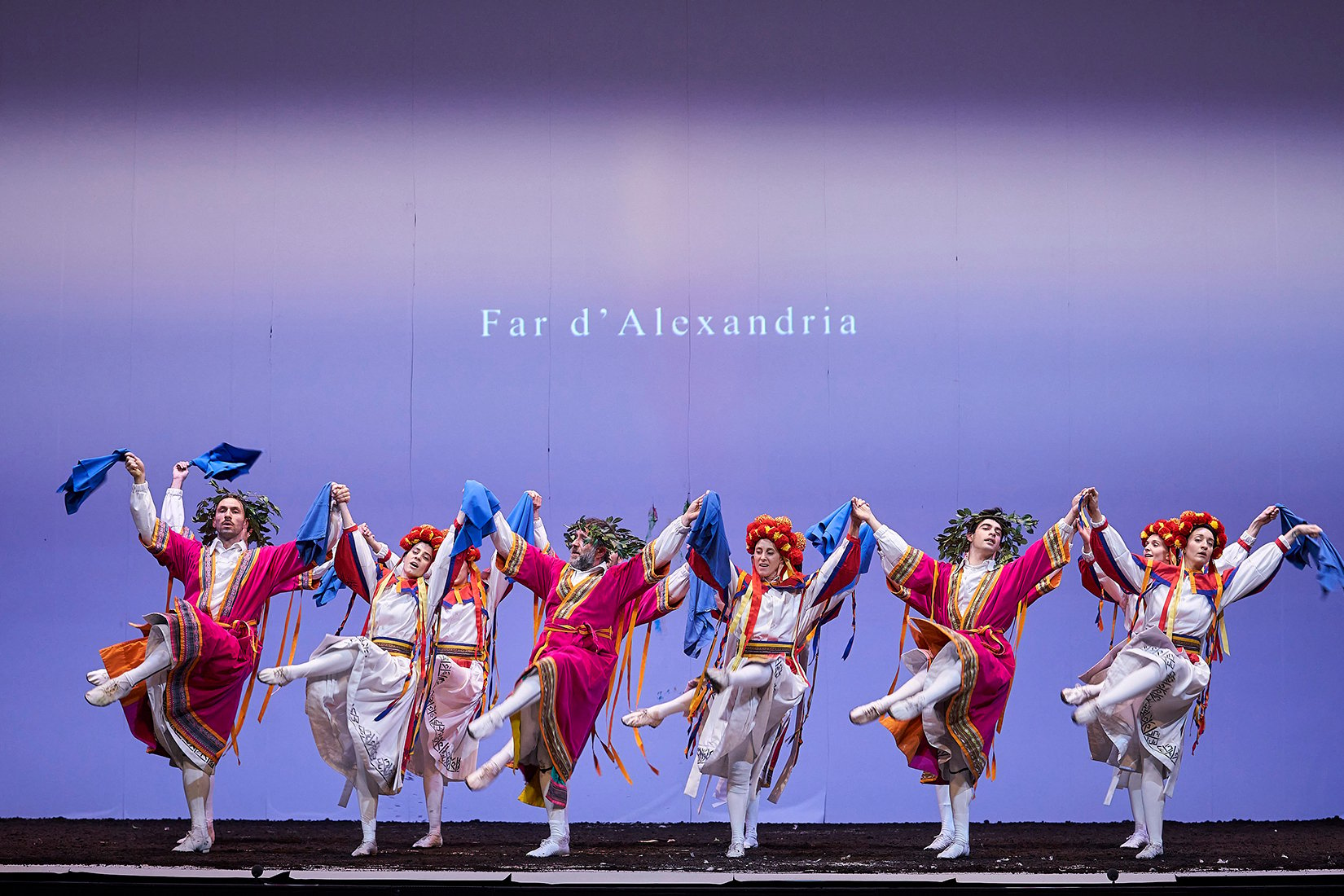
Among the musically key moments is the Introitus. Requiem aeternam (part I), a slow and solemn beginning that symbolizes the soul leaving the body and floating in the otherworldly space. The choir increases in volume until the crystalline voice of the soprano emerges, raising a prayer for salvation. In Sequentia. Dies irae (part III), divine wrath bursts forth with furious energy, representing the soul's passage through the Last Judgment and the choice between eternal damnation or celestial light: a powerful reminder of the cost of reaching Paradise.
Finally, Lacrimosa (also part III), perhaps the most well-known fragment, evokes pain and compassion with a melody that celebrates divine piety and goodness. This is the last passage Mozart composed essentially, completed by his pupil Süssmayr along with the rest of the work.
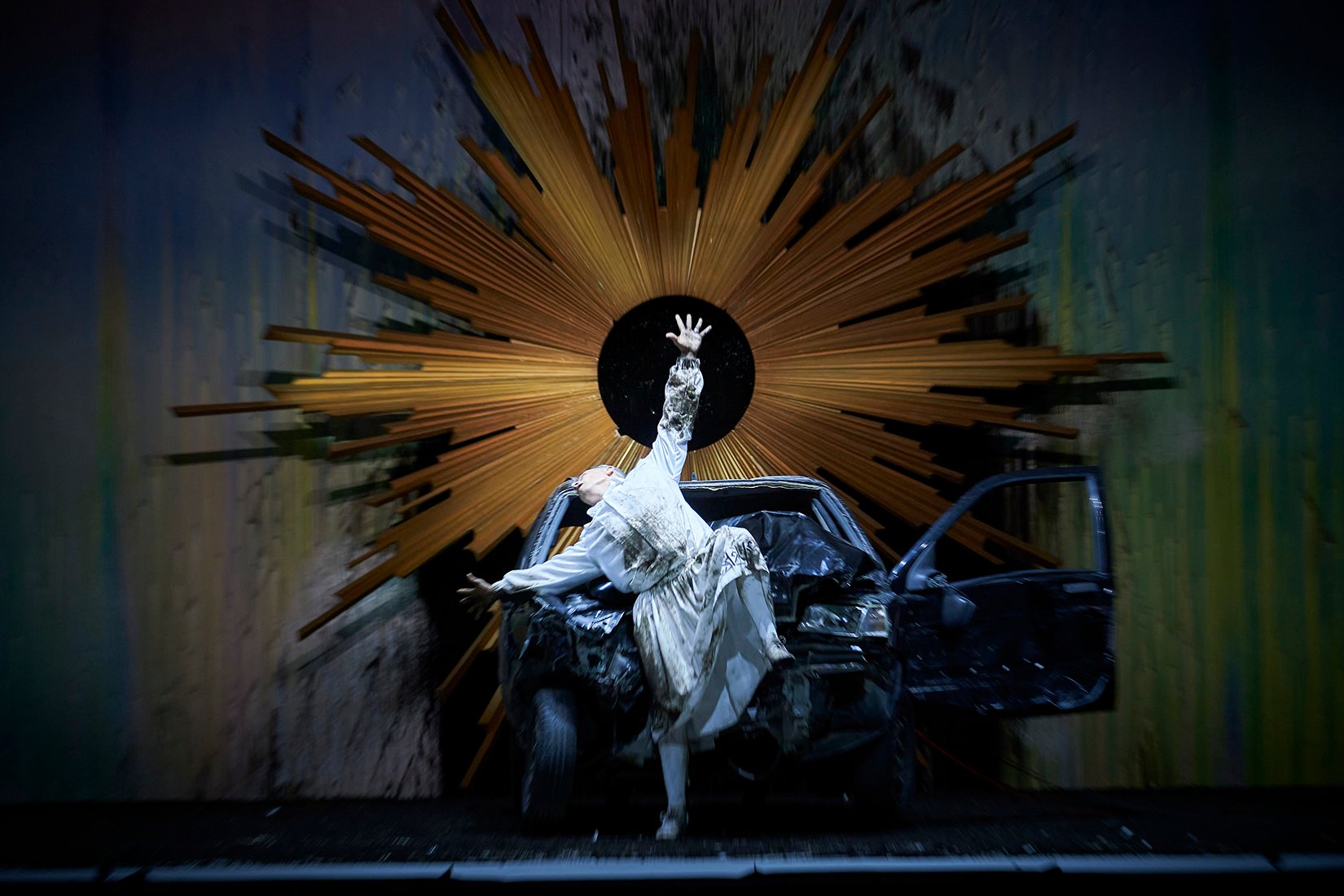
The choir of the Gran Teatre del Liceu will be the backbone of this production, supporting the musical structure of the Requiem with an imposing presence both sonically and theatrically. Castellucci not only assigns it an essential role in the musical interpretation, but also makes it an active element of the dramaturgy, assigning it the task of representing the grand allegorical images that populate his staging. This choral foundation is complemented by four internationally renowned soloists: the Austrian soprano Anna Prohaska, with her crystalline voice full of nuances; the contralto Marina Viotti, with exceptional expressiveness and depth; the South African tenor Levy Sekgapane, known for his brilliance and vocal agility, and the bass Nicola Ulivieri, whose imposing register lends solemnity to the darker, more transcendent parts of the score. All of them, under the musical direction of Maestro Giovanni Antonini, will serve one of the most moving works in the sacred repertoire, offering a performance full of lyricism and emotional intensity.

